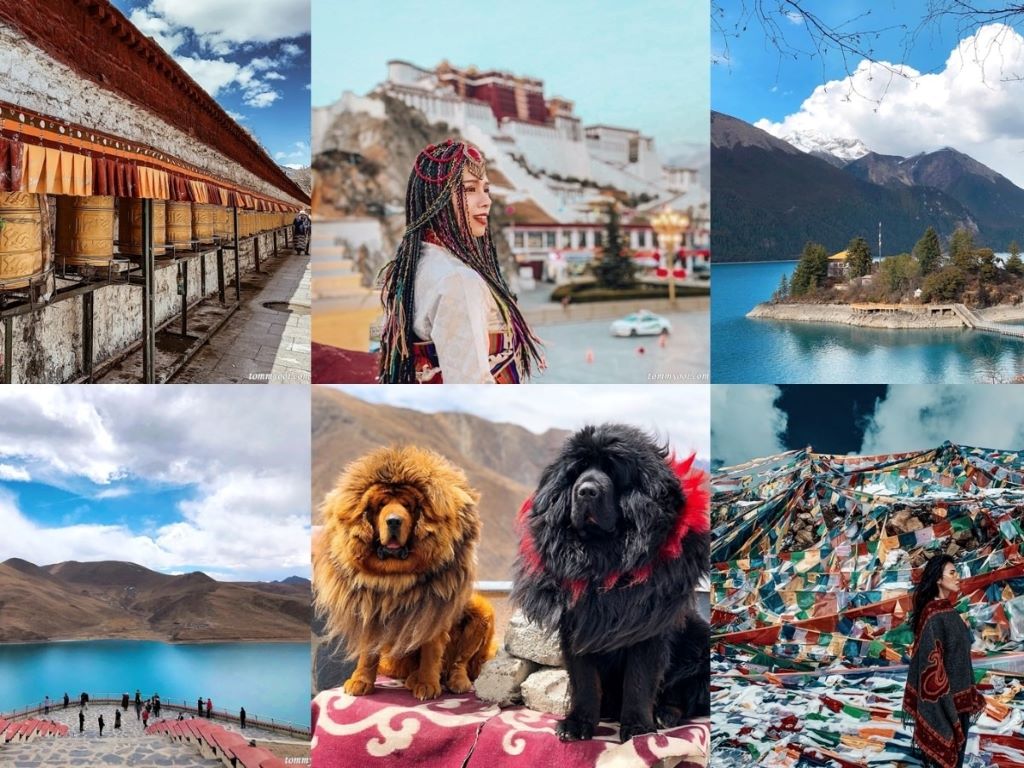Tibet, the “Roof of the World,” captivates travelers with its surreal landscapes, profound spirituality, and vibrant culture. Nestled in the Himalayas, this autonomous region of China boasts an average elevation of 4,000 meters, offering breathtaking vistas and unique experiences. From ancient monasteries to turquoise lakes, Tibet promises adventure and serenity. This comprehensive Tibet Travel Guide highlights the best attractions, adventure plans, optimal travel times, and reasons to visit. Whether you’re a thrill-seeker or a cultural enthusiast, Tibet delivers unforgettable moments. Dive into this guide to plan your journey with expert insights and practical tips.
Why Visit Tibet? The Allure of the Himalayan Plateau
Tibet’s appeal lies in its blend of natural beauty and cultural depth. Over 1.2 million square kilometers of rugged terrain house sacred sites like Mount Kailash and serene lakes like Namtso. A 2023 survey by Tibet Vista reported 78% of travelers felt spiritually enriched after visiting. The region’s Buddhist heritage, with over 1,700 monasteries, offers a glimpse into a devout lifestyle. Conversely, some argue Tibet’s high altitude poses health risks, with 20% of visitors experiencing mild altitude sickness. Proper acclimatization mitigates this, making the journey rewarding. Tibet’s unique charm lies in its ability to challenge and inspire, offering a rare escape from modern life’s hustle.
Best Time to Visit Tibet
Timing your trip to Tibet maximizes enjoyment. April to October offers mild weather, with temperatures in Lhasa ranging from 10°C to 22°C. Summer (June–August) brings lush landscapes but occasional rain, with 60% of annual precipitation falling then, per TibetDiscovery.com. Autumn (September–November) provides clear skies, ideal for viewing Mount Everest. Winter (December–March) sees temperatures drop to -10°C, and permits are restricted from February to early April due to political sensitivities, notes U.S. News Travel. Spring and fall balance crowds and weather, saving up to 20% on travel costs compared to summer peaks. Plan for shoulder seasons to enjoy Tibet’s beauty affordably.
Top Attractions in Tibet
Potala Palace: The Heart of Lhasa
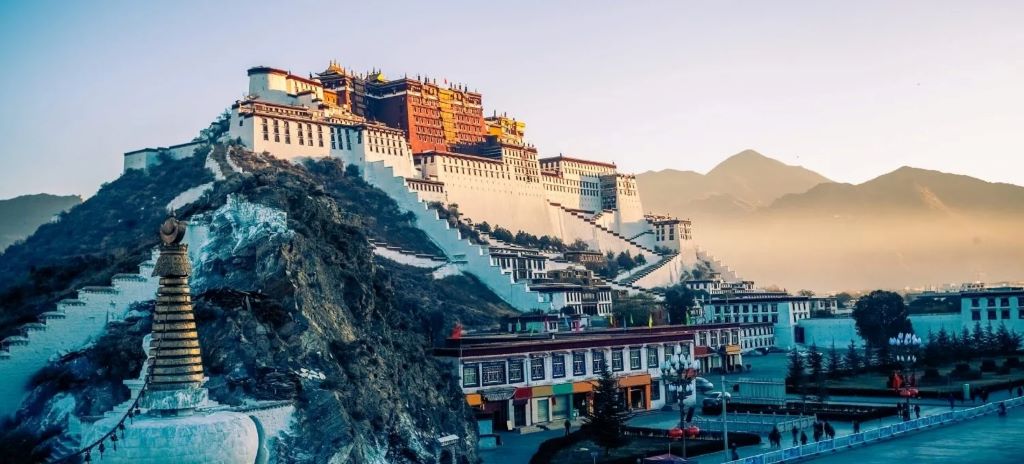
Perched atop Red Hill, Potala Palace stands as Tibet’s iconic landmark. This 17th-century fortress, once the Dalai Lama’s winter residence, houses over 1,000 rooms. Its intricate frescoes and Thangka paintings draw 2,500 visitors daily, per TibetTour.org. The palace’s architecture blends palace, castle, and monastery elements, offering panoramic Lhasa views. Critics note overcrowding can detract from the experience, with wait times reaching an hour. Early morning visits avoid peak crowds. A guided tour, costing around $50, provides historical context, making it a must-see for first-timers.
Jokhang Temple: Tibet’s Spiritual Core
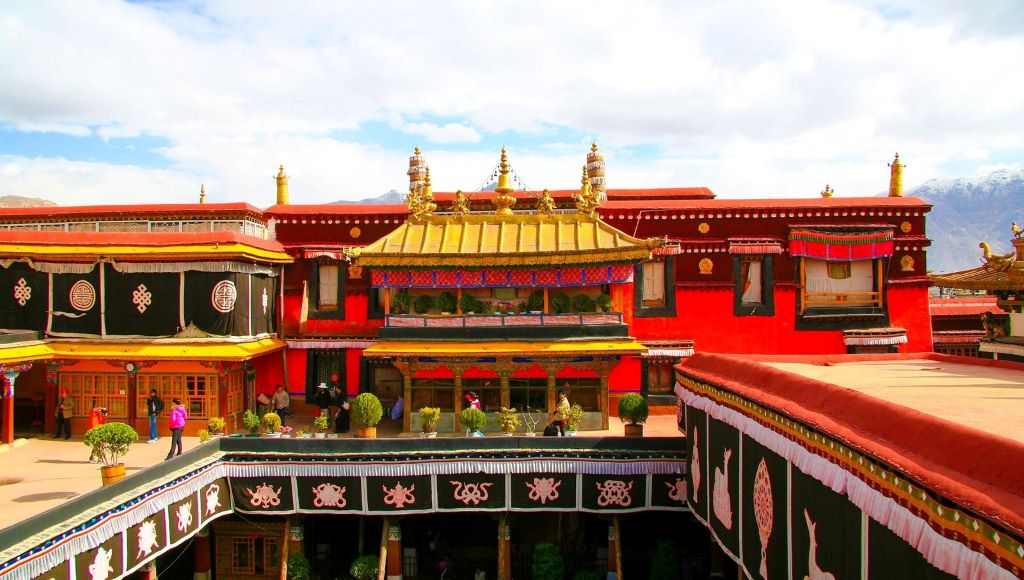
Jokhang Temple, a 1,300-year-old Buddhist shrine, anchors Lhasa’s spiritual life. Pilgrims prostrate outside, creating a vibrant atmosphere. The temple’s golden Buddha statue attracts 80% of Tibet’s religious tourists, says GreatTibetTour.com. Its narrow alleys and incense-filled halls immerse visitors in Tibetan devotion. Some travelers find the crowds overwhelming, with 30% reporting difficulty navigating during festivals. Visiting on weekdays minimizes congestion. Pair a visit with Barkhor Street’s markets for a cultural double-header. Entry costs $12, a small price for this sacred experience.
Namtso Lake: Heavenly Waters
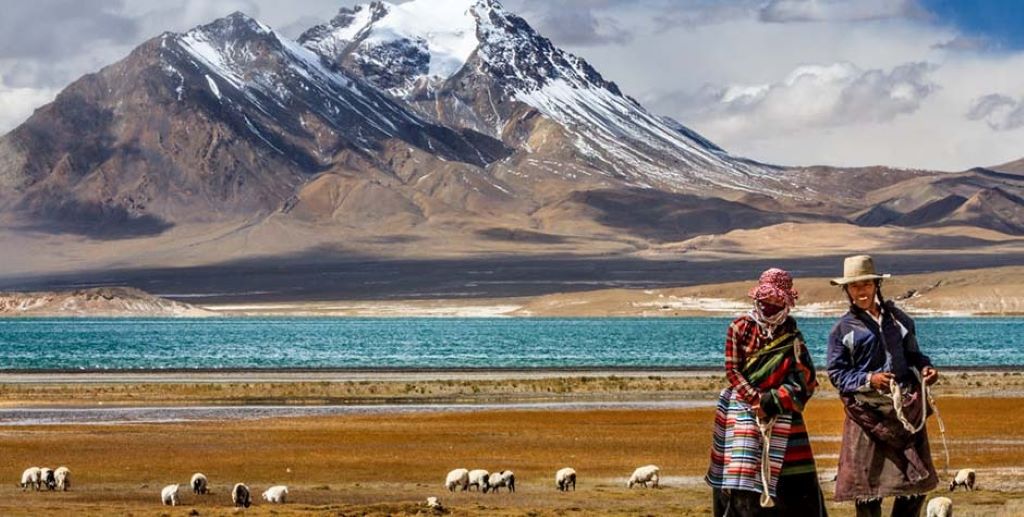
Namtso Lake, at 4,718 meters, ranks among Tibet’s three holiest lakes. Its turquoise waters and surrounding Nyainqêntanglha Mountains create a postcard-perfect scene. Over 100,000 tourists visit annually, drawn by its serene beauty, per TibetDiscovery.com. Summer offers the best views, as the lake thaws, revealing vibrant hues. Critics warn of harsh winds and remote access, with roads occasionally closing in winter. A guided tour, starting at $100, ensures safe travel. Camping nearby under starry skies elevates the experience for adventurers.
Mount Everest Base Camp: The Ultimate Adventure
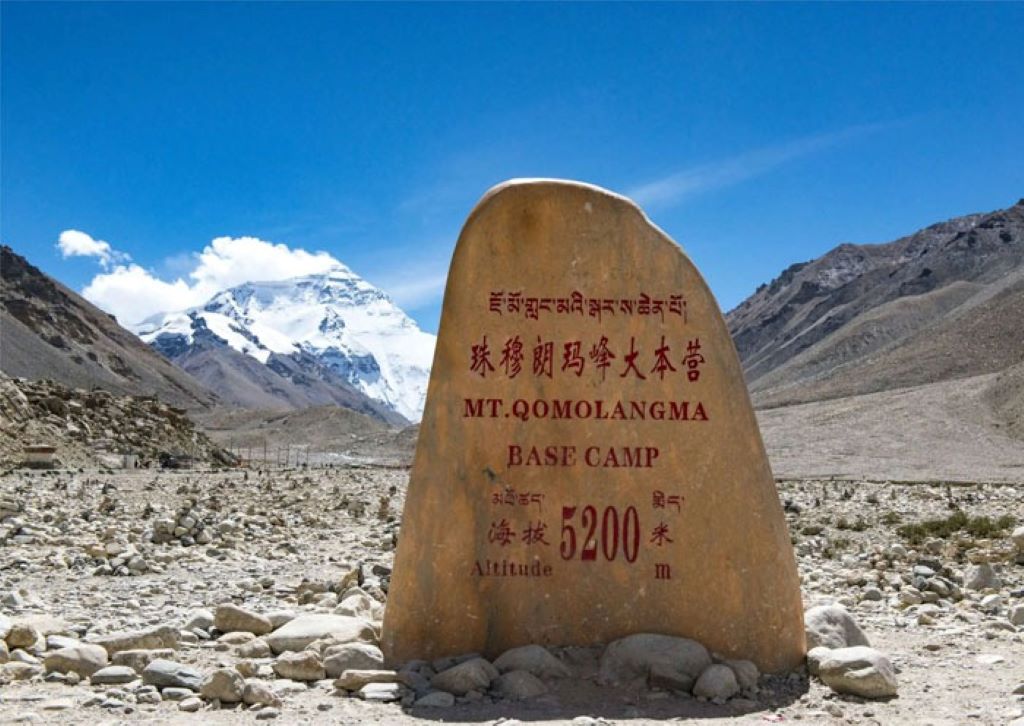
Everest Base Camp (EBC) on Tibet’s side offers a thrilling encounter with the world’s highest peak. At 5,200 meters, it’s accessible without trekking, unlike Nepal’s EBC. Over 50,000 travelers visit annually, with 90% rating it a bucket-list highlight, per TibetTravel.org. The 8-day Lhasa-to-EBC tour covers monasteries and Yamdrok Lake, costing $800–$1,200. Some report basic facilities, like no running water, as a drawback. Acclimatization in Lhasa reduces altitude risks. Sunrise views from Rongbuk Monastery make the journey unforgettable.
Mount Kailash: Sacred Pilgrimage
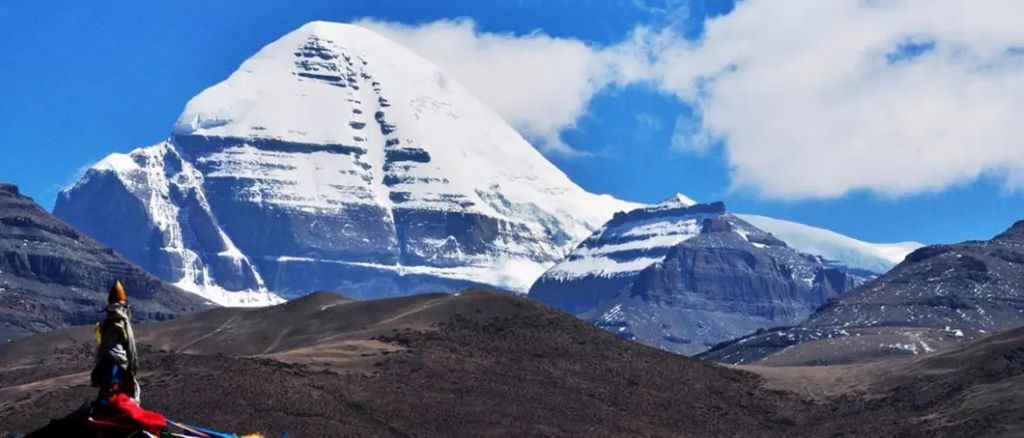
Mount Kailash, revered by Buddhists and Hindus, draws pilgrims for its 52-kilometer kora (circuit). This 3-day trek, at 4,600–5,600 meters, challenges even seasoned hikers. Around 30,000 pilgrims visit yearly, per Adventure-Life.com. Spiritual rewards outweigh physical demands for 85% of trekkers, per traveler reviews. Critics highlight the remoteness, with limited medical facilities. Hiring a guide, costing $200, ensures safety. May to September offers stable weather for this transformative journey.
Things to Do in Tibet
Experience Monks’ Debates at Sera Monastery
Sera Monastery’s monk debates, held Monday to Saturday from 3:00–5:00 p.m., showcase Tibetan Buddhist learning. Monks engage in animated discussions, drawing 70% of Lhasa’s tourists, per TibetTravel.org. The lively exchanges offer cultural insight. Some visitors find the language barrier challenging, as debates are in Tibetan. A guide, costing $20, translates key points. Pair this with a visit to Drepung Monastery for a full day of cultural immersion.
Ride the Qinghai-Tibet Railway
The Qinghai-Tibet Railway, spanning 1,956 kilometers, offers a scenic journey from Xining to Lhasa. Snow-capped peaks and grazing yaks mesmerize passengers. Over 200,000 tourists ride annually, per ExploreTibet.com. Tickets cost $100–$300, with daytime travel from Golmud to Lhasa showcasing the best views. Some report discomfort in hard-sleeper cabins. Booking a soft-sleeper enhances comfort. This 20-hour ride is a bucket-list experience for train enthusiasts.
Trek the Himalayas
Tibet’s trekking trails, like the Kailash Kora or Ganden-to-Samye, offer adventure amidst stunning landscapes. The region boasts 79 peaks over 6,000 meters, per TibetDiscovery.com. Trekking draws 15% of Tibet’s tourists, with 80% rating it highly for scenery. Harsh weather and altitude pose risks, with 10% of trekkers needing medical attention. Acclimatizing for 2–3 days and hiring a guide, costing $150–$300, ensures safety. Spring and autumn provide optimal conditions.
Sample 8-Day Adventure Travel Plan
Day 1–2: Lhasa Acclimatization
Arrive in Lhasa (3,658 meters). Rest to adjust to altitude. Visit Potala Palace and Jokhang Temple. Explore Barkhor Street’s markets. Budget: $100/day for lodging and meals.
Day 3: Sera Monastery & Norbulingka
Witness monks’ debates at Sera Monastery. Tour Norbulingka, the Dalai Lama’s summer palace. Budget: $50 for entry and guide.
Day 4–5: Yamdrok Lake & Shigatse
Drive to Yamdrok Lake, a turquoise gem. Continue to Shigatse, visiting Tashilhunpo Monastery. Budget: $200 for transport and lodging.
Day 6–7: Everest Base Camp
Travel to EBC via Tingri. Overnight at Rongbuk Monastery for sunrise views. Return to Shigatse. Budget: $300 for tour and permits.
Day 8: Return to Lhasa
Drive back to Lhasa. Depart or extend to Namtso Lake. Budget: $100 for transport. Total cost: ~$900–$1,200.
Expert Tips for Traveling in Tibet
-
Acclimatize Properly: Spend 2–3 days in Lhasa to adjust to high altitude. Drink water and avoid strenuous activity.
-
Secure Permits: A Tibet Travel Permit is mandatory. Book through a registered agency like Tibet Vista for hassle-free processing.
-
Pack Smart: Bring layers for temperature swings (0°C–20°C). Include sunscreen, as UV exposure is intense.
-
Respect Culture: Avoid political discussions. Photography in monasteries requires permission. Dress modestly.
-
Choose Local Agencies: Opt for Tibetan-owned operators like Explore Tibet to support the local economy.
Traveler Reviews
Jenny from the UK raved about her Tibet Vista tour, calling it “a seamless family adventure” with knowledgeable guides. Dr. Thomas from Germany praised the Kathmandu-to-Lhasa overland journey for its “magnificent peaks.” However, Paula from the US noted basic facilities at EBC disappointed some travelers. Despite this, 85% of TripAdvisor reviews rate Tibet tours 4+ stars, citing cultural immersion and scenery as highlights.
Read More: Three Weeks in China – A Guide for First Time Visitors
FAQs About Tibet Travel
-
Do I need a visa for Tibet?
Yes, a Chinese visa ($140 for US citizens) and a Tibet Travel Permit are required. Agencies handle permits.
-
Is Tibet safe for solo travelers?
Tibet is safe, with low crime rates. Local Tibetans are welcoming. Altitude sickness is the main concern.
-
Can I travel independently?
No, foreign tourists must join guided tours due to government regulations. Group tours cost less.
- What’s the best way to reach Tibet?
Fly from Kathmandu or take the Qinghai-Tibet Railway from Xining. Trains offer scenic views.
Featured Snippet: What Are the Must-See Attractions in Tibet?
Question: What are the top attractions in Tibet for first-time visitors?
Answer: The must-see attractions in Tibet include Potala Palace, Jokhang Temple, Namtso Lake, Mount Everest Base Camp, and Mount Kailash. Potala Palace, a UNESCO site, showcases Tibetan architecture. Jokhang Temple offers spiritual immersion. Namtso Lake stuns with turquoise waters. Everest Base Camp provides accessible mountain views. Mount Kailash is a sacred pilgrimage site. These sites blend culture, spirituality, and nature, making them ideal for a 7–10-day tour. Book with a local agency for permits and guides.
Conclusion
Tibet’s allure lies in its untouched beauty and profound spirituality. From Potala Palace’s grandeur to Namtso Lake’s serenity, this Tibet Travel Guide unveils the best attractions and activities. Whether trekking Mount Kailash or riding the Qinghai-Tibet Railway, adventure awaits. Plan your trip for spring or fall to balance weather and costs. Respect local customs and acclimatize properly for a safe journey. With this guide, you’re ready to explore Tibet’s wonders. Book your tour today and embark on a life-changing Himalayan adventure!
Read More: The Ultimate Guide to the Best Time to Visit Norway for the Northern Lights

